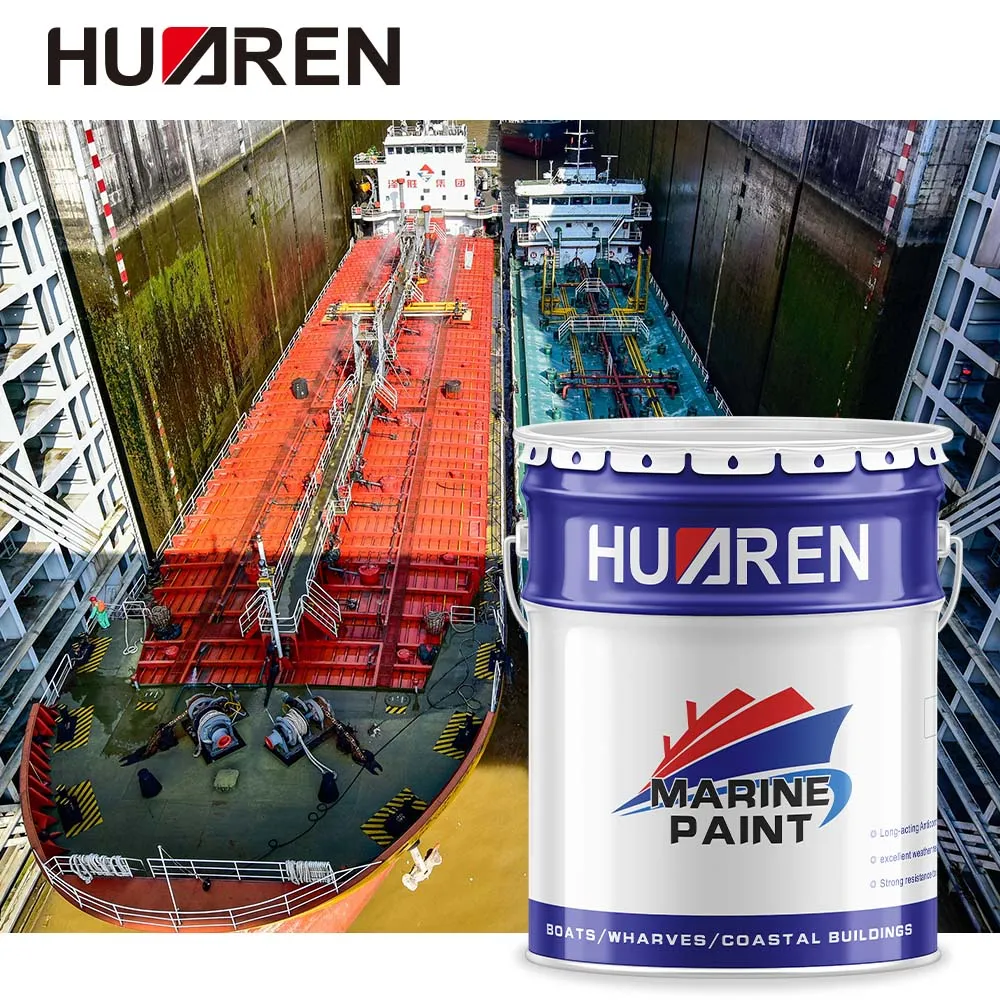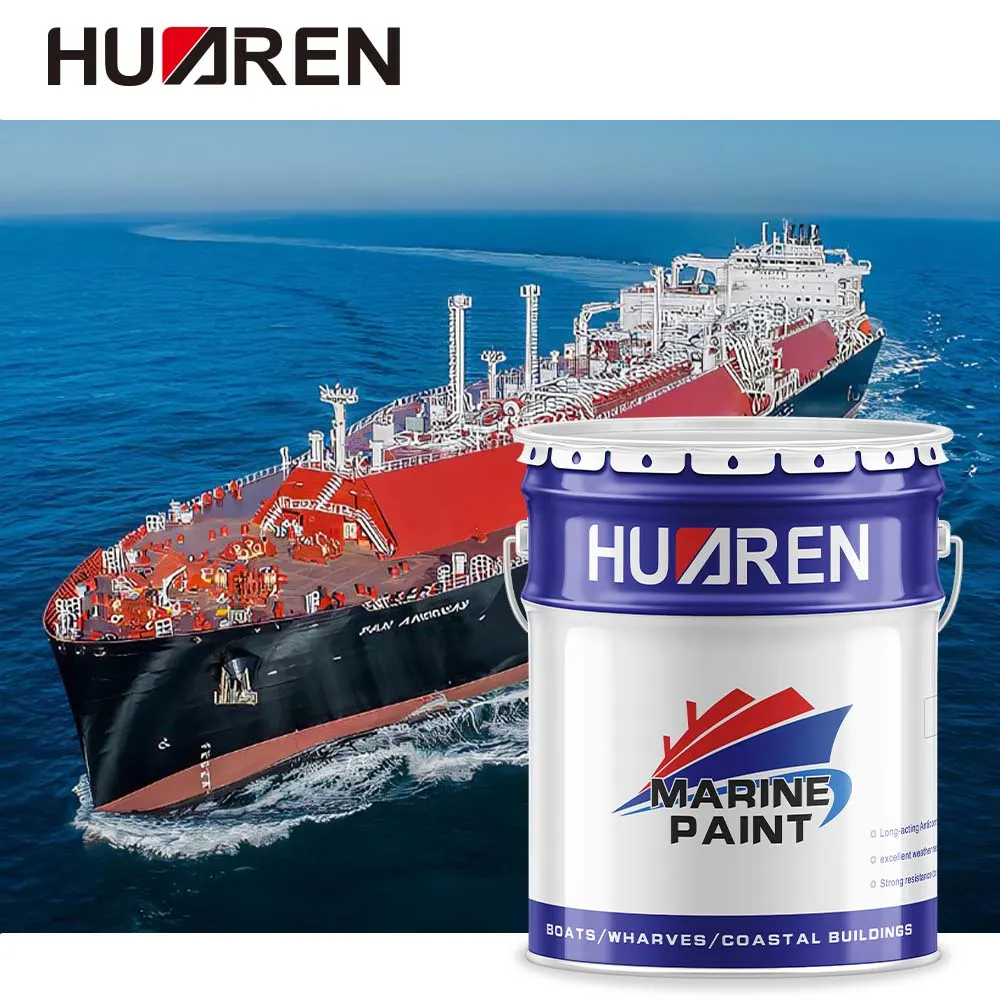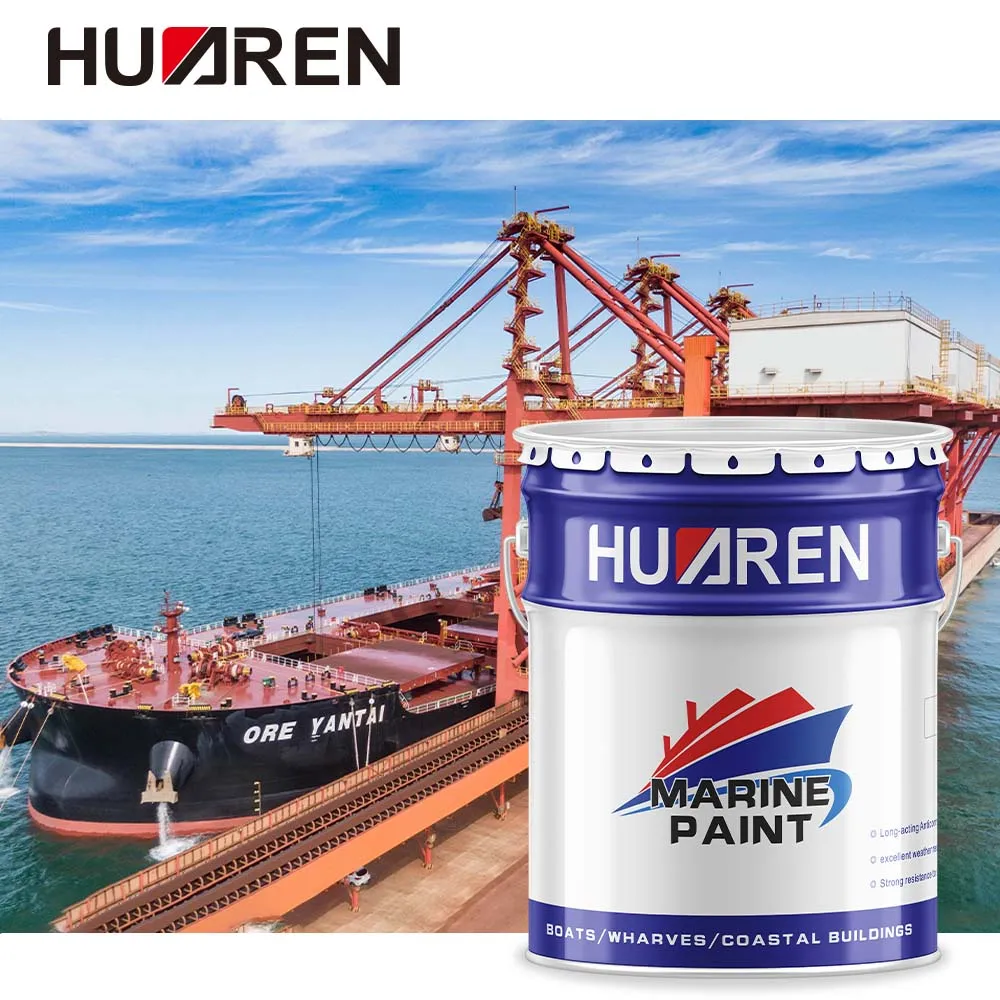Ship paint is not just for aesthetics, its importance in ship operations is far beyond our imagination. Especially in ocean navigation, the coating of the bottom of the ship is crucial, involving the performance, durability and fuel consumption of the ship. One of the most critical functions is to prevent marine organisms from attaching. Whether it is algae, shellfish or other microorganisms, the bottom surface of the ship is an ideal habitat for these organisms. If not protected, their attachment will cause a series of problems, including reduced speed, increased fuel consumption, and even corrosion and structural damage.
Among the many ship coatings, antifouling paint is a coating specially developed to prevent marine organisms from attaching. This article will explore in depth whether ship paint can effectively prevent marine organisms from attaching, which paints can achieve this function, and analyze the working principle of antifouling paint, different types of antifouling paint and their advantages and disadvantages.

What impact does marine organism attachment have on ships?
Marine organisms attaching to the bottom surface of ships (commonly known as "fouling" on the bottom of ships) is a long-standing problem in ocean navigation. Its impact is mainly manifested in the following aspects:
● Increased water resistance: The attachment of marine organisms will increase the roughness of the bottom surface of the ship, thereby increasing the water resistance of the ship and causing a decrease in speed.
● Increased fuel consumption: Increased water resistance means that the ship needs more power to maintain the same speed, which will lead to a significant increase in fuel consumption.
● Corrosion and damage: When certain marine organisms (such as barnacles, shellfish, etc.) attach to the bottom surface of the ship, they will cause mechanical wear or chemical corrosion to the hull metal, shortening the service life of the hull.
● Increased maintenance costs: When the bottom of the ship is severely scaled, frequent dry dock repairs, cleaning and repainting are required, which increases maintenance costs and downtime.
Therefore, preventing the attachment of marine organisms is of great significance to ocean-going shipping and ship operations.
Can ship paint prevent the attachment of marine organisms?
The problem of marine organism attachment has always been an important challenge for the shipping industry, especially when the ship is stopped for a long time or sailing slowly. The bottom of the ship is the place where marine organisms are most likely to attach, especially in warm and saline waters. Through suitable ship paint, the bottom surface of the ship can be effectively protected to prevent the attachment of algae, shellfish and other organisms.
Whether ship paint can effectively prevent marine organisms from attaching depends on the type of paint selected. Traditional paints are usually unable to effectively deal with the attachment of marine organisms, while modern antifouling paints use special formulas and technologies to prevent the attachment of organisms while maintaining the smoothness of the bottom of the ship, reducing water resistance and improving navigation efficiency.

How does antifouling paint work?
Antifouling paint is a paint designed to prevent the attachment of marine organisms. The main function of these paints is to keep the bottom of the ship smooth in a special way and inhibit or eliminate marine organisms attached to the bottom of the ship. Its working principle can be divided into the following categories:
1. Chemical inhibition:
Some chemical components (such as copper compounds or other metal ions) are usually added to antifouling paints, which can be toxic or inhibitory to attached organisms. When marine organisms come into contact with these components, they will lose their ability to attach due to toxicity or reaction. Common chemical components include:
● Copper compounds: Copper is highly toxic and can effectively prevent algae, shellfish, etc. from attaching to the bottom of the ship. The higher the copper content, the stronger the antifouling effect, but pay attention to its potential impact on the environment when using it.
● Organic biocides: These biocides can disrupt the growth cycle of attached organisms, thereby effectively inhibiting their growth.
2. Physical inhibition:
In addition to the role of chemical components, many antifouling paints use self-polishing technology, that is, the paint film is gradually worn or dissolved under the action of water flow. This physical inhibition method keeps the bottom surface of the ship smooth, thereby reducing the formation of attachments.
For example, self-polishing antifouling paint (SPC) uses its special molecular structure to keep the coating self-cleaning during use and can gradually release biocides to achieve the effect of preventing attached organisms.
3. Electrochemical inhibition:
Some high-end antifouling paints also use electrochemical methods. Through the electrochemical reaction between the ship's hull and the paint surface, marine organisms are prevented from binding to the hull surface. This technology reduces the impact of antifouling paint on the environment to a certain extent.

Which ship paint can prevent marine organisms from attaching?
There are many different types of ship antifouling paints on the market, and each paint has different antifouling effects, service life, construction requirements and applicable conditions. Several common antifouling paints include:
1. Self-polishing antifouling paint (SPC)
Self-polishing antifouling paint is a very popular antifouling coating widely used in ocean-going ships. Its main features are:
Slow dissolution mechanism: Self-polishing antifouling paint will gradually dissolve during the ship's voyage, keeping the paint film smooth and preventing marine organisms from attaching.
● Long-lasting antifouling effect: The antifouling effect of this paint film can last for many years, usually 3 to 5 years, depending on the conditions of use.
● Environmental protection: Compared with traditional hard antifouling paint, self-polishing antifouling paint is more environmentally friendly because it uses a lower release of biocides.
Self-polishing antifouling paint is suitable for high-speed ships, especially container ships, tankers, etc. This coating can effectively reduce biological adhesion and water resistance on the bottom of the ship, reduce fuel consumption and operating costs.
2. Silicone-based antifouling paint
Silicon-based antifouling paint is a new type of antifouling coating developed in recent years, with very good antifouling effect. It uses silicone or other synthetic polymers as a base material and has the following advantages:
● Non-stick surface: This paint film has a smooth surface and a "self-cleaning" effect similar to the surface of a lotus leaf, which reduces the attachment of marine organisms.
● Strong anti-biological attachment ability: Silicon-based antifouling paint can effectively prevent the attachment of a variety of marine organisms (including algae, shellfish and barnacles, etc.).
● Long antifouling cycle: The antifouling effect of this coating can last for many years, usually 5 to 7 years, which is suitable for ships that sail for a long time.
The application of silicon-based antifouling paint is particularly important today when environmental regulations are becoming increasingly stringent, because its use is relatively environmentally friendly and does not contain toxic chemicals such as copper or lead.
3. Copper sulfide antifouling paint
Copper sulfide antifouling paint is a traditional type of antifouling paint that uses copper ions as its main biocidal ingredient. Copper ions can effectively inhibit the attachment of marine organisms, so this paint has been widely used in history.
● Antifouling effect: The antifouling effect of copper sulfide antifouling paint is very significant and can effectively prevent the attachment of a variety of marine organisms.
● Durability: This paint film is usually durable for 3 to 5 years, but because the release of copper ions gradually slows down, regular maintenance is required.
● Applicability: This antifouling paint is suitable for long-term antifouling of the bottom of the ship, but its use has been gradually restricted in some areas with strict environmental regulations.
4. Copper-based antifouling paint
Copper-based antifouling paint is another common ship antifouling paint that uses the biocidal effect of copper to prevent the attachment of marine organisms. Copper can effectively inhibit the growth of most marine organisms, especially shellfish and barnacles.
● Long-term effect: The antifouling effect of copper-based antifouling paint can last for 3 to 5 years and is suitable for ships sailing for a long time.
● Environmental issues: Due to the high copper content, the use of copper-based antifouling paint has been subject to certain restrictions in some areas with high environmental requirements.
For businesses seeking a reliable manufacturer of high-quality industrial paints, Huaren Chemical Industry Co., Ltd. offers unmatched expertise and value. Established in 1994, our China-based factory is equipped with 30 production lines, enabling us to deliver over 20,000 tons of premium coatings annually. Our product lineup includes epoxy paints, alkyd coatings, water-based industrial paints, and phenolic varnishes, widely used in construction, machinery, and petrochemical industries. At Huaren Chemical, we offer competitive quotes, low prices, and customized options tailored to your project requirements. Our products are exported to Africa, Southeast Asia, and Europe, making us a trusted global supplier. With a commitment to quality and customer satisfaction, we ensure your purchasing experience is smooth and cost-effective. Contact us today for factory quotes, bulk purchasing options, and promotional deals.

